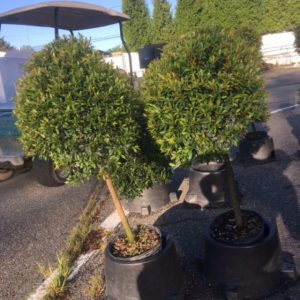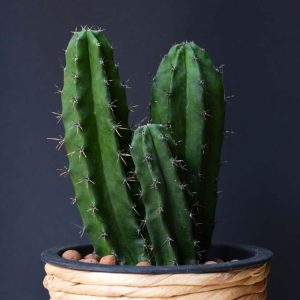Description
Inula –
There are about 100 species of herbaceous perennial, some subshrubby, and few annuals and biennials, in this genus. They occur in Europe and temperate and subtropical Africa and Asia in a range of habitats, from dry, rocky, montane sites to moist, shady, lowland areas, most grow in well drained sunny6 places. They range from tiny plants to towering perennial that can exceed 10′ feet tall. Inulas usually have large basal leaves and progressively smaller stem leaves, arranged alternately. The daisy like flowers are flat, with numerous narrow yellow petals and tubular centers, they are held solitary or in small panicles or corymbs. Low growing forms, such as I. ensifolia ‘Compacta’, are suitable for a rock garden. I. magnifica and I. racemosa, are ideal for a wild garden. Grow I. helenium in an herb garden. Rhizomatous species may become invasive.
Grow these hardy plants in deep, fertile, moist but well drained soil in full sun to part shade. I. magnifica will grow in boggy conditions. Taller species may need support. Divide perennials in spring or autumn.
Prone to powdery mildew.
I. oculis-christi – Eye of Christ – This rhizomatous perennial from Eastern Europe, Turkey and the Caucasus grows 18″ tall and 24″ wide. From erect, hairy stems it carries inversely lance shaped, smooth edged or toothed, downy, mid green leaves, to 6″ long. In mid and late summer it bears corymbs of usually 3-5 bright golden yellow flowers, to 3″ across, with very downy involucres.
Zones 4-8





